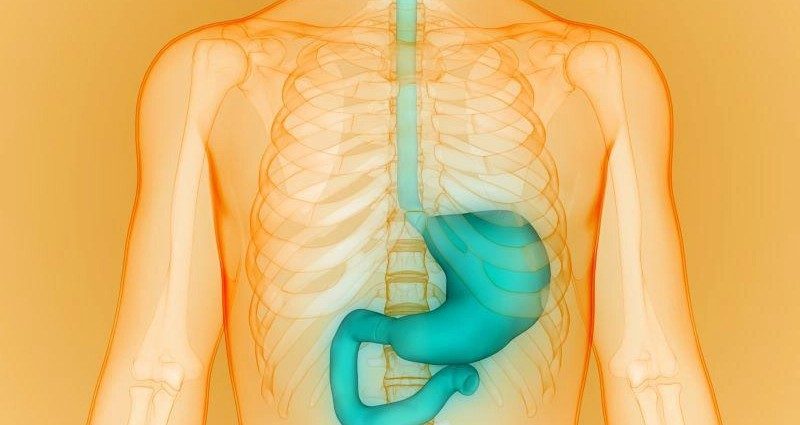THURSDAY, May 9, 2024 (HealthDay News) — An experimental procedure could reduce levels of a hunger-triggering hormone by burning part of a person’s stomach lining, a new study reports.
In the procedure, doctors snake a tube down the patient’s throat with a tiny device that singes the lining of the upper portion of the stomach, also called the gastric fundus.
That’s the part of the stomach that produces ghrelin, the primary hormone that controls appetite, researchers said.
A six-month clinical trial in which 10 obese women received the procedure resulted in a nearly 8% loss of body weight and a more than 40% reduction in fasting ghrelin levels, according to researchers. They’re slated to report the findings later this month at the Digestive Disease Week medical meeting in Washington, D.C.
“This relatively brief, outpatient, non-surgical procedure can facilitate weight loss and significantly curb hunger, and it could be an additional option for patients who don’t want or aren’t eligible for anti-obesity medications, such as Wegovy and Ozempic, or bariatric surgery,” lead researcher Dr. Christopher McGowan, a gastroenterologist and medical director of the True You Weight Loss clinic in Cary, N.C., said in a news release.
After snaking the tube into the stomach, doctors insert fluid to protect underlying stomach tissues and then burn (ablate) the mucosal lining of the gastric fundus. This reduces the number of ghrelin-producing cells in that part of the stomach.
Feelings of hunger originate in a person’s gastric fundus when it empties and starts producing more ghrelin, researchers said. When the gastric fundus fills with food, ghrelin production dips.
Following the procedure, patients reported through questionnaires that their hunger was diminished by more than a third. Standard drink tests showed that the procedure also caused a 42% reduction in stomach capacity.
Previously, the only proven method of reducing ghrelin production was to bypass the gastric fundus, the procedure commonly known as gastric bypass, researchers said.
There are no drugs that reduce ghrelin production in the body, researchers noted. Weight-loss meds like Wegovy and Zepbound target GLP1, a hormone that helps lower blood sugar levels.
“Obesity and weight are very complex and regulated by multiple hormone pathways. This procedure alters one of these many pathways that make it difficult for people to lose weight and maintain weight loss,” McGowan said.
Levels of ghrelin are typically higher in patients with obesity and rise when people lose weight for any reason, making it hard to maintain weight loss, researchers said.
If larger follow-up trials show that the procedure is effective, it could complement gastric sleeve procedures that reduce the size of the stomach, McGowan said. It also could be offered as a one-time procedure on its own.
“This is just the beginning,” McGowan said. “The first question was whether we can endoscopically reduce hunger and ghrelin. The answer is: yes, we can.”
Findings presented at medical meetings should be considered preliminary until published in a peer-reviewed journal.
More information
The Cleveland Clinic has more on the anatomy of the stomach.
SOURCE: Digestive Disease Week, news release, May 9, 2024
Copyright © 2025 HealthDay. All rights reserved.

